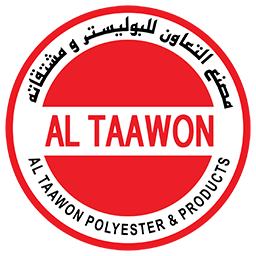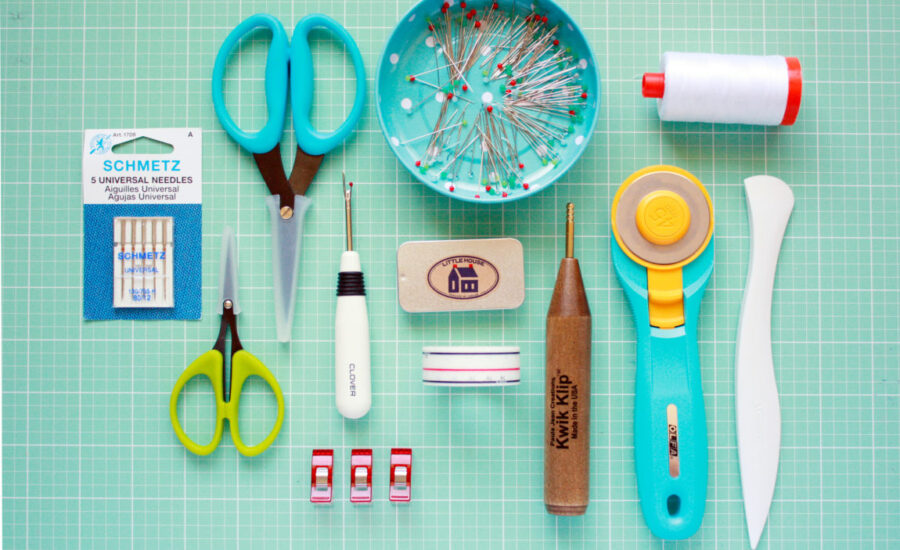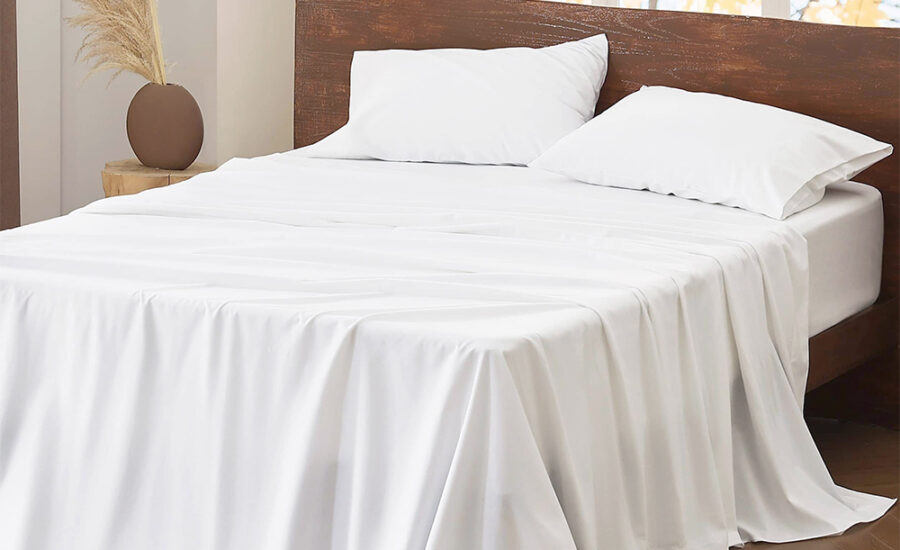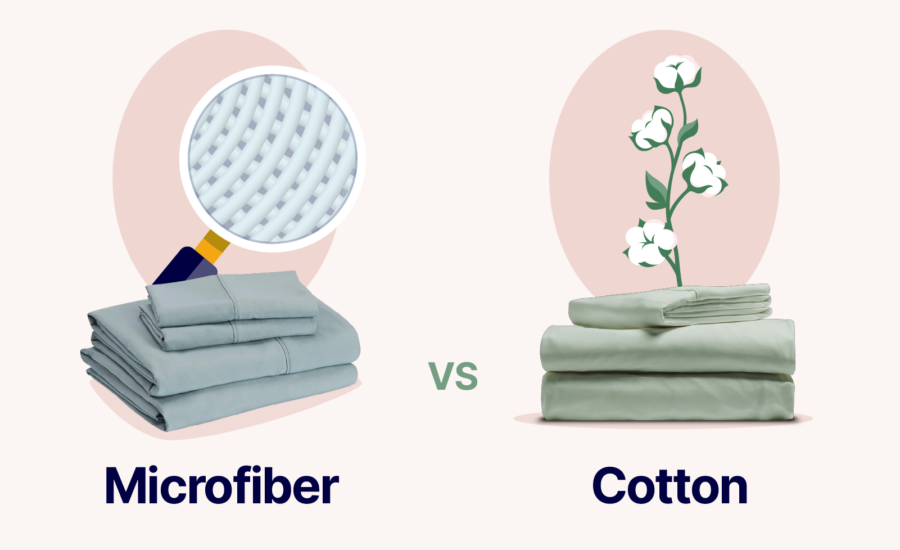Where to Buy Quilting Supplies: A Comprehensive Guide Quilting, a timeless art appreciated by both amateurs and experts, demands premium materials to create detailed patterns. Regardless of whether you are an experienced quilter or a novice starting out, understanding where to buy quilting supplies is crucial for crafting stunning and durable creations. This guide examines the top locations for purchasing quilting supplies, whether online or in-person, and offers an in-depth look at the trends and insights within the quilting industry to assist you in making informed choices. Why Choosing the Right Supplier Matters The caliber of your quilting materials can greatly affect the end results of your projects. Every component, from fabric and batting to rotary cutters and sewing machines, contributes to the overall process. A trustworthy supplier not only delivers top-notch products but frequently supplies resources like tutorials, pattern suggestions, and community assistance. Top Places to Buy Quilting Supplies Local Quilt Shops
February 2025 - AL Taawon
- You Here!
- Home Feb
Polyester Fabric vs. Microfiber: A Comprehensive Comparison In the realm of textiles, polyester and microfiber are two widely used materials found in numerous sectors, ranging from apparel to home decor. Both materials are artificial and possess unique features, making them appropriate for various uses. Grasping their characteristics, advantages, and disadvantages can assist consumers in making knowledgeable choices. This article examines the distinctions between polyester and microfiber, highlighting their composition, applications, benefits, and environmental impact. What is Polyester? Polyester is a man-made fiber sourced from petroleum-derived materials. It was initially created in the early 20th century and gained popularity after World War II. Polyester is a flexible material that can be crafted into textiles for garments, furnishings, and industrial uses. Its appeal arises from its toughness, cost-effectiveness, and minimal upkeep needs. Key Characteristics of Polyester: Durability: Polyester withstands damage and deterioration, making it perfect for durable uses. Wrinkle Resistance: In contrast to natural fibers, polyester resists wrinkling, preserving a tidy look. Moisture Resistance:
What is Microfiber Bedding? In recent years, microfiber bedding has become extremely popular because of its cost-effectiveness, adaptability, and distinct features that make it a great option for numerous homes. So, what precisely is microfiber bedding, and what distinguishes it from other types of bedding? In this article, we will examine the specifics of microfiber bedding, investigating its materials, advantages, possible downsides, and advice for selecting the ideal set for your requirements. Understanding Microfiber Bedding Microfiber is a synthetic fiber that is thinner than one denier, roughly one-fifth the thickness of human hair. Microfiber bedding is generally crafted from a combination of polyester and nylon, which are closely woven to form a fabric that is soft, lightweight, and long-lasting. The term "micro" in microfiber refers to the very tiny dimensions of these fibers, which enhance the fabric's distinct texture and usefulness. Characteristics of Microfiber Bedding: Softness: Although constructed from synthetic materials, microfiber bedding frequently boasts a velvety texture that competes with natural fabrics. Lightweight: The closely knit fibers produce a lightweight material, allowing microfiber bedding to be simple to manage and maintain. Durability: The artificial composition of microfiber makes it durable against wear and tear, ensuring its longevity. Hypoallergenic Properties: The tightly woven structure of microfiber helps block allergens such as dust mites and pollen from entering the material.
Cotton and Microfiber: Understanding the Differences In the process of choosing materials for apparel, bedding, or cleaning purposes, cotton and microfiber emerge as two widely favored choices. Each material possesses distinct characteristics that




